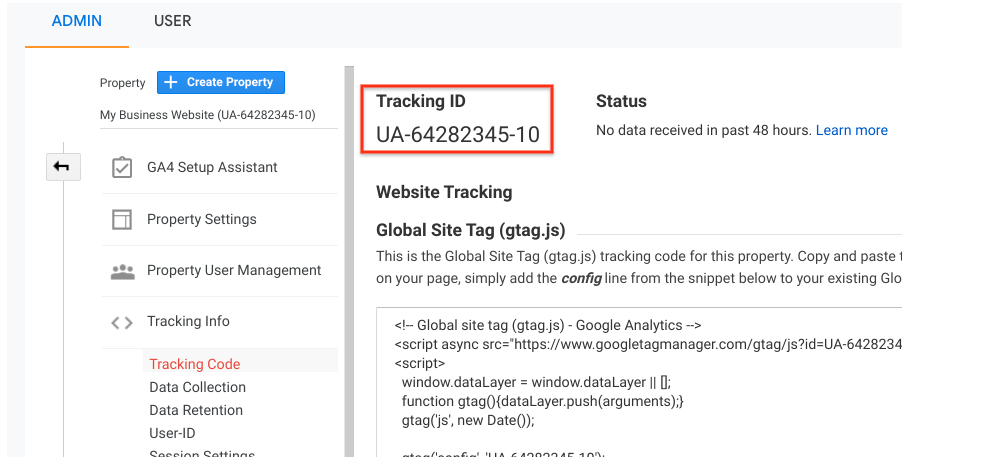Grasping the Art of Overcoming Information Collection Limitations in Google Analytics for Better Decision-Making
In the world of electronic analytics, the capacity to extract purposeful insights from data is vital for educated decision-making. By utilizing critical strategies and sophisticated techniques, companies can boost their data high quality, unlock concealed understandings, and pave the way for even more informed and reliable decisions.
Data Top Quality Evaluation
Analyzing the high quality of information within Google Analytics is a critical action in guaranteeing the reliability and accuracy of understandings stemmed from the collected information. Information top quality evaluation entails assessing numerous elements such as precision, efficiency, uniformity, and timeliness of the data. One key facet to think about is information accuracy, which describes just how well the data reflects the real values of the metrics being determined. Incorrect information can bring about faulty conclusions and misguided service decisions.
Completeness of data is an additional vital factor in assessing data top quality. Uniformity checks are likewise crucial in data quality evaluation to recognize any disparities or abnormalities within the information set. By focusing on information quality evaluation in Google Analytics, services can boost the integrity of their analytics reports and make even more enlightened choices based on exact understandings.
Advanced Monitoring Techniques
Using advanced monitoring strategies in Google Analytics can considerably enhance the deepness and granularity of data gathered for even more comprehensive analysis and insights. One such strategy is occasion monitoring, which permits for the tracking of particular communications on a site, like clicks on switches, downloads of files, or video sights. By executing event tracking, companies can acquire a much deeper understanding of individual habits and engagement with their on-line material.
Furthermore, custom measurements and metrics offer a means to tailor Google Analytics to certain company needs. Personalized dimensions permit the production of brand-new data factors, such as customer functions or consumer sections, while personalized metrics enable the tracking of unique efficiency indications, like profits per individual or typical order worth.
Additionally, the utilization of Google Tag Manager can streamline the application of monitoring codes and tags across a web site, making it easier to take care of and deploy sophisticated monitoring setups. By using these advanced tracking techniques, services can open important understandings and maximize their online approaches for better decision-making.
Customized Measurement Implementation
To enhance the deepness of data collected in Google Analytics beyond sophisticated monitoring techniques like event tracking, services can apply personalized dimensions for even more tailored insights. Custom dimensions allow companies to define and collect specific information points that relate to their one-of-a-kind objectives and purposes (What Data Does Google Analytics Prohibit Collecting?). By appointing custom-made dimensions to various components on a website, such as user communications, demographics, or session details, organizations can acquire a much more granular understanding of exactly how customers involve with their on the internet properties

Attribution Modeling Strategies
Reliable acknowledgment modeling is important for understanding the impact of various marketing networks on conversion courses. By utilizing the best attribution model, services can accurately connect conversions to the suitable touchpoints along the customer trip. One usual acknowledgment design is the Last Interaction design, which offers credit for a conversion to the last touchpoint a customer connected with prior to transforming. While this design is easy and straightforward to execute, it typically oversimplifies the customer journey, neglecting the influence of various other touchpoints that contributed to the conversion.

Data Experiencing Evasion
When dealing with large volumes of data in Google Analytics, getting over information tasting is find more necessary to ensure precise understandings are obtained for educated decision-making. Information sampling happens when Google Analytics approximates patterns in information as opposed to evaluating the full dataset, potentially leading to manipulated results. To avoid information tasting, one efficient approach is to decrease the day array being analyzed. By concentrating on much shorter time frameworks, the chance of running into tested data decreases, providing a more accurate representation of individual habits. Additionally, making use of Google Analytics 360, the premium version of the system, can assist reduce sampling as it enables greater information thresholds prior to tasting starts. Carrying out filters to narrow down the data being analyzed can also assist in staying clear of tasting issues. By taking these proactive steps to decrease data sampling, companies can remove much more precise insights from Google Analytics, bring about far better decision-making and improved general performance.
Conclusion
Finally, mastering the art of conquering data collection restrictions in Google Analytics is important for making notified choices. By carrying out a complete data quality assessment, applying innovative monitoring strategies, making use of custom-made measurements, using acknowledgment modeling strategies, and preventing information sampling, organizations can make sure that they have precise and reputable data to base their choices on. This will eventually lead to extra efficient techniques and much better results for the organization.
